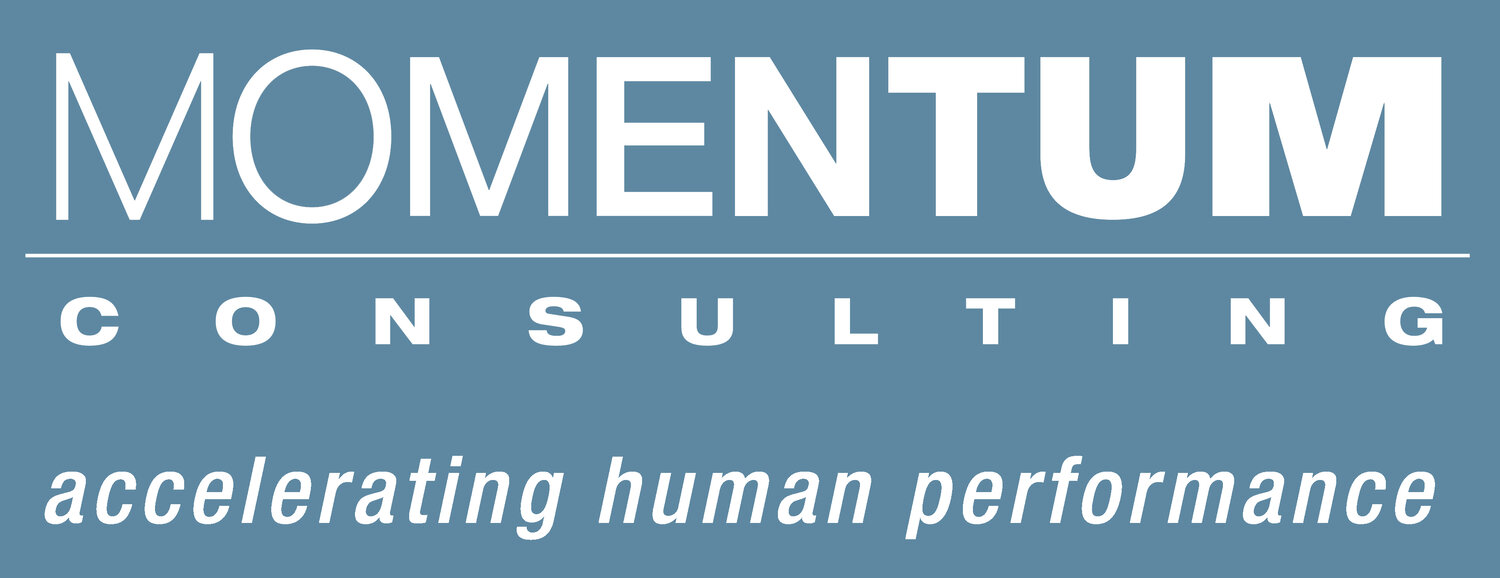Do you have a love-hate relationship with technology?
I love the convenience of sending and receiving emails, texts, WhatsApps, and GIFs across the globe instantaneously, AND - I’m old enough to remember letter writing, aerograms and even telegrams. I deeply appreciate what technology provides these days.
Paradoxically, tech has become an addiction.
This aspect of the modern world has me “frustrated… waiting to happen.” As evidenced by a glitch in our email system this week, I became a big, screaming baby when things weren’t working perfectly. It overtook me faster than a texted meme to myself, and I became blind to the possibility of anything other than, “This sucks!”
This part I do not love. :(
Ok…
Time to cool down, talk about the back of my head, and we’ll get back to technology later.
I’ve never seen the back of my head. Others can see it, but I can’t. With some neck gymnastics and a mirror, I can catch a reversed view of that balding area … but I myself am directly blind to it.
By definition, this would fall into the category of a “blind spot” - a visual blind spot. An elementary explanation of this phenomenon describes it as the optic nerve blocking its own function. Think of a movie projector being in its own way, and here’s a link with a cool exercise showing how it works.
The difference between the movie projector and the optic nerve is that our brain makes up for the blank visual space occupied by the nerve. This “fix” is a brilliant compensation by our brain and makes us unaware of this visual blind spot. It is a fascinating thing!
As an executive coach I deal with behavioral blind spots.
These are habitual patterns we act out and, like the visual version, are mostly unaware of. They are natural but automatic, persistent, and ever-present. Also similar to the visual example, the behavioral phenomenon has a compensation mechanism of its own.
Here’s how it works. Remember, visually our brain fills in the gap left behind by the blind spot as noted in the yellow dot exercise. Behaviorally we have a fix as well, but in a much more complex and personal way. In this realm we compensate with unconscious preferences, preconceived beliefs systems and juicy rationalizations. It performs this magic so stealthily that we fool ourselves into thinking we are enlightened beings going through life as sentient, objective observers.
These kinds of blind spots originate within a survival mechanism we call the Default Listening model - something happens, which triggers an emotion, followed by an interpretation, confirmed by historical evidence, which then gives rise to confirmation bias everytime we encounter a similar situation in the future.
(Default Listening Model, ©2021 Momentum Consulting, Inc)
Again, it’s so automatic we rarely know it’s happening … especially when it’s happening to ourselves. But, like the graying deforestation on the back of my noggin, others have a much better view of what’s going on when I’m in the morass of my blind spot. We are blind to it when we orchestrate it ourselves.
Why is this important?
It’s important because human beings have a societal blind spot about the good intentions of others, and the result is fear and distrust of one another.
I’m a firm believer that just about all of us want to do good in this world. Yes, we have different ideas about what “good” is and about how to get there, but at our core I’m upbeat about our intentions. And yet we seem to be in the most divisive era in human history.
Why is that? If we all want what’s best for each other, why is it when the politician from the other side of the aisle says anything about anything, we are skeptical at best and normally dismissive and angry?
Could it be that the survival mechanism in our heads has good intentions, but is unknowingly causing mayhem by hiding reality from our own view in the form of blind spots? It helps us survive, but who, what and how much possibility do we kill off in the process? It’s a deep inquiry but a worthy one.
What do you think? Does our bias create blind spots around others’ intentions?
If so, how do we hold the mirror up for one another?
I don’t really like looking at my bald spots nor my blind spots, but sometimes it does me good to see what’s going on in these places hidden from my view.
Back to technology…
My email may or may not be working by the time you read this, but one of those realities will exist. How I choose to deal with either of them is up to me. Craig Clark recently wrote about suffering as an option. One of the things I got out of his article is that I can choose to be frustrated or not when technology doesn’t work. The good news is that it’s up to me. The bad news is that it’s up to me.
We bring consciousness to how the world does business.
Fundamental #5: ALWAYS DO YOUR BEST
It’s essential that we always do our very best. If there is ever a question about quality, go back, stay at it until the question is removed.



